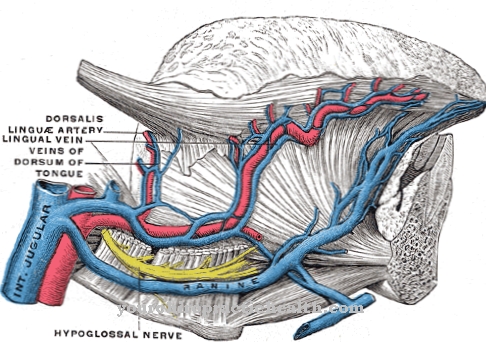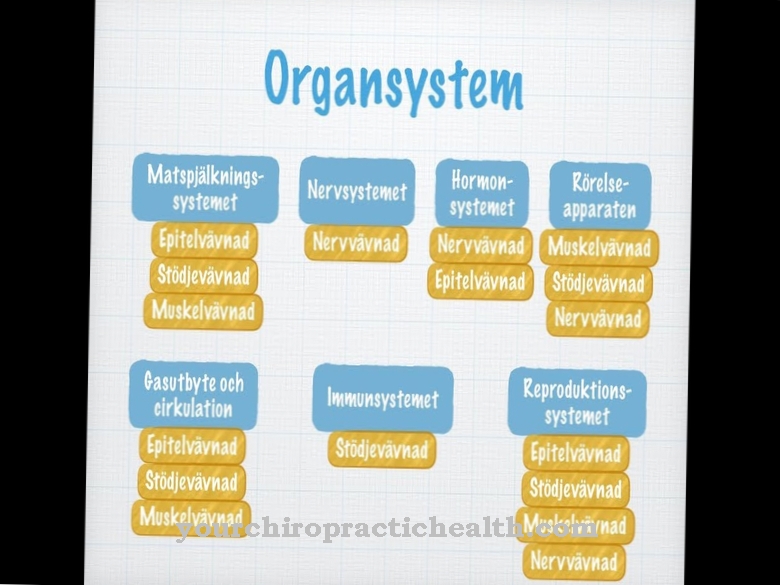Saddle joints are a joint form of real joints. They consist of two concave articular surfaces that allow biaxial movements. In particular, osteoarthritis of the thumb saddle joint is a widespread disease that affects this ability to move.
What are saddle joints?
The human body has articulated connections in around 140 different places. Two or more bones meet in these joints and are precisely connected to one another. This principle of accuracy of fit is also known as the hand-in-glove or key-lock principle. The principle refers to the fact that the bones involved in the joint interlock with one another as precisely as a hand in a glove or a key in a lock.
Real joints that are equipped with a joint gap are distinguished from fake joints. These so-called diarthroses occur within the body in different shape variants, each shape variant serving a different purpose.
The saddle joint is a form of the real joint, which is characterized by two concave joint surfaces. The surfaces sit on top of each other like a rider in the saddle. Saddle joints are biaxial and therefore usually allow four different movements. One of the best-known saddle joints is the joint between the carpal bone and the metacarpal bone, which lies below the thumb. In this context, we are also talking about the thumb saddle joint.
Anatomy & structure
Real joints are enclosed by a so-called joint capsule, which completely surrounds the joint cavity and thus all functional components of the joint. The joint capsule of real joints consists of an inner and an outer membrane, also known as the membrana synovialis and membrana fibrosa. While the inner membrane consists of epithelial associations made of connective tissue, the outer one is made up of tight connective tissue.
The joint capsule rests loosely on the joint surfaces of real joints. Your outer membrane is strengthened by the capsular and articular ligaments. Inside the joint capsule of real joints is a viscous fluid: the so-called synovia, which is also known as synovial fluid.
These anatomical properties of real joints also apply to the saddle joint. The bony components of the saddle joint essentially consist of two joint surfaces, one of which corresponds to the joint head and the other to the joint socket. The two joint partners of the thumb saddle joint are concave in shape and, unlike the joint surfaces of other joints, are more or less arranged one above the other. The joint part at the top sits in the joint part below like a rider in the saddle. The upper part corresponds to the joint head and the lower part to the joint socket for precisely fitting the head.
Function & tasks
Every real joint fulfills several functions at the same time. Joints connect bones that meet one another and thus fulfill a stabilizing function. On the other hand, articulated connections also give the bones that meet a certain degree of mobility and enable movement on at least one axis. At least two different movements can take place on each axis.
Saddle joints are multi-axis joints. They are characteristically biaxial and in this context resemble joint shapes such as the egg joint. They allow at least four movements on their two axes of movement. For example, lateral movements to the right and left can be carried out in them. These spreading movements are called abduction. With the opposite movement of the adduction, the return to the starting position takes place. In addition, flexion and extension movements take place in the saddle joints. Medicine refers to stretching and bending movements as such. In the case of the saddle joint, there is also talk of forward and backward movements.
With these types of movement, saddle joints such as the thumb saddle joint are involved in numerous movements in everyday human life. The thumb saddle joint is also the only joint that allows the thumb to move in opposition to the rest of the fingers. This means that the thumb can be compared to the other fingers of the hand as the only finger. This form of movement is required for gripping, for example.
Diseases
Like all other joints, saddle joints can also be affected by functional impairments, inflammation, degenerative symptoms or malpositions and injuries. Degenerative symptoms naturally show up in saddle joints with increasing age. However, as soon as the degree of degenerative change exceeds the age-physiological degree, one speaks of osteoarthritis. Risk factors for osteoarthritis can be, for example, regular overloading of the joint. Misalignments and the resulting overload are also considered a risk for osteoarthritis.
Arthrosis of the thumb saddle joint is also called rhizarthrosis. The disease mainly affects women over the age of fifty and often occurs on both hands. In addition to mechanical overloads or post-traumatic changes, hormonal influences are discussed as causal co-factors. In addition to initially load-related pain, the disease manifests itself in a general instability of the thumb saddle joint, which causes the first metacarpal to slide in the radial and proximal directions. The thumb can only be spread with difficulty when it slides off. In most cases, the proximal phalanx is simultaneously affected by hypermobility, i.e. overmobility. The pain occurs in the early stages of osteoarthritis when the joint is stressed by movements and some of it radiates into the hand. In the later stages of osteoarthritis, the entire cartilage wears out and the joint surfaces rub against each other without protection. From this stage onwards, the joint is also painful in the resting position, with the pain increasing with strain. Joint stiffening can be the result of wear and tear.
Of course, saddle joints, like all other joints, can be affected by inflammation. In addition, the bones involved in the joint can experience fractures.













.jpg)

.jpg)
.jpg)











.jpg)